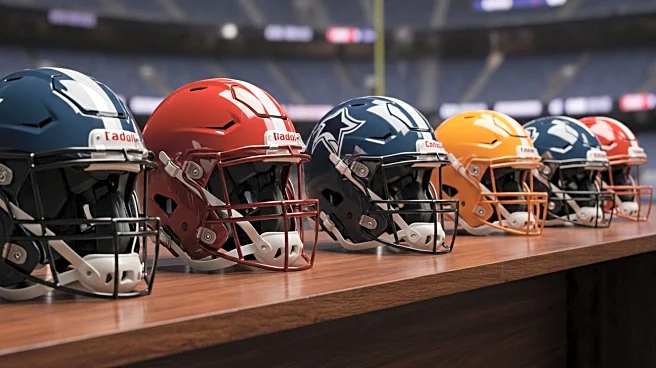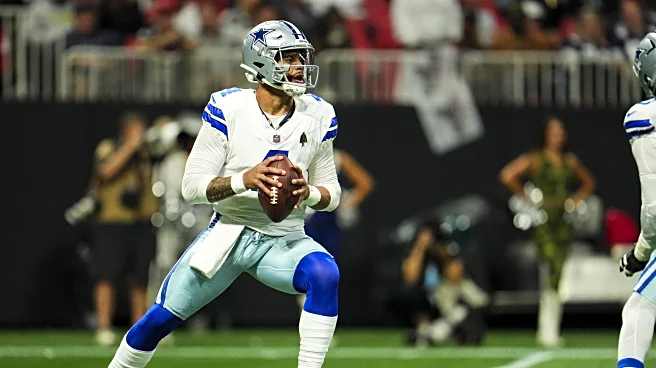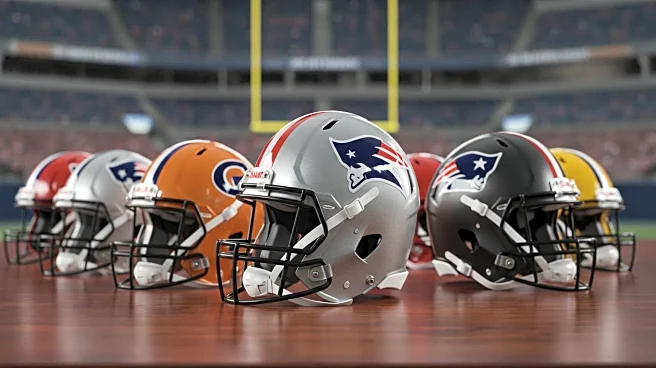Rapid Read • 7 min read
The quest to identify the top fantasy football running back for the 2025 season is underway, with analysts examining historical trends to predict potential RB1 candidates. Over the past 20 seasons, certain metrics have emerged as indicators of a running back's likelihood to finish as the overall RB1. These include age, average draft position (ADP), fantasy points per touch, and receptions. Notably, no running back older than 27 has finished as the overall RB1 since 2007, and players with an ADP outside the top 40 have not achieved this status. Analysts have identified four candidates who meet these criteria: Jahmyr Gibbs, De'Von Achane, Bucky Irving, and James Cook. Each player has demonstrated strong performance metrics, such as high fantasy points per touch and significant involvement in the passing game.
AD
Understanding the trends that lead to a running back's success in fantasy football is crucial for players looking to optimize their draft strategies. The identified candidates offer insights into which players might provide the best value and performance in the upcoming season. Jahmyr Gibbs and De'Von Achane, for example, have shown potential to deliver high fantasy points, making them attractive picks for fantasy managers. The analysis also highlights the importance of considering factors like age and workload, which can impact a player's durability and productivity. This information is valuable for both casual and competitive fantasy football players aiming to build a winning team.
The analysis of fantasy football running back trends underscores the evolving nature of the NFL, where traditional 'bell cow' backs are becoming rarer. This shift reflects broader changes in team strategies and player utilization, impacting how fantasy football is played. The focus on metrics such as receptions and fantasy points per touch suggests a growing emphasis on versatile backs who can contribute in multiple facets of the game. This trend may influence how teams draft and develop running backs, prioritizing those who can excel in both rushing and receiving roles.
AD
More Stories You Might Enjoy











